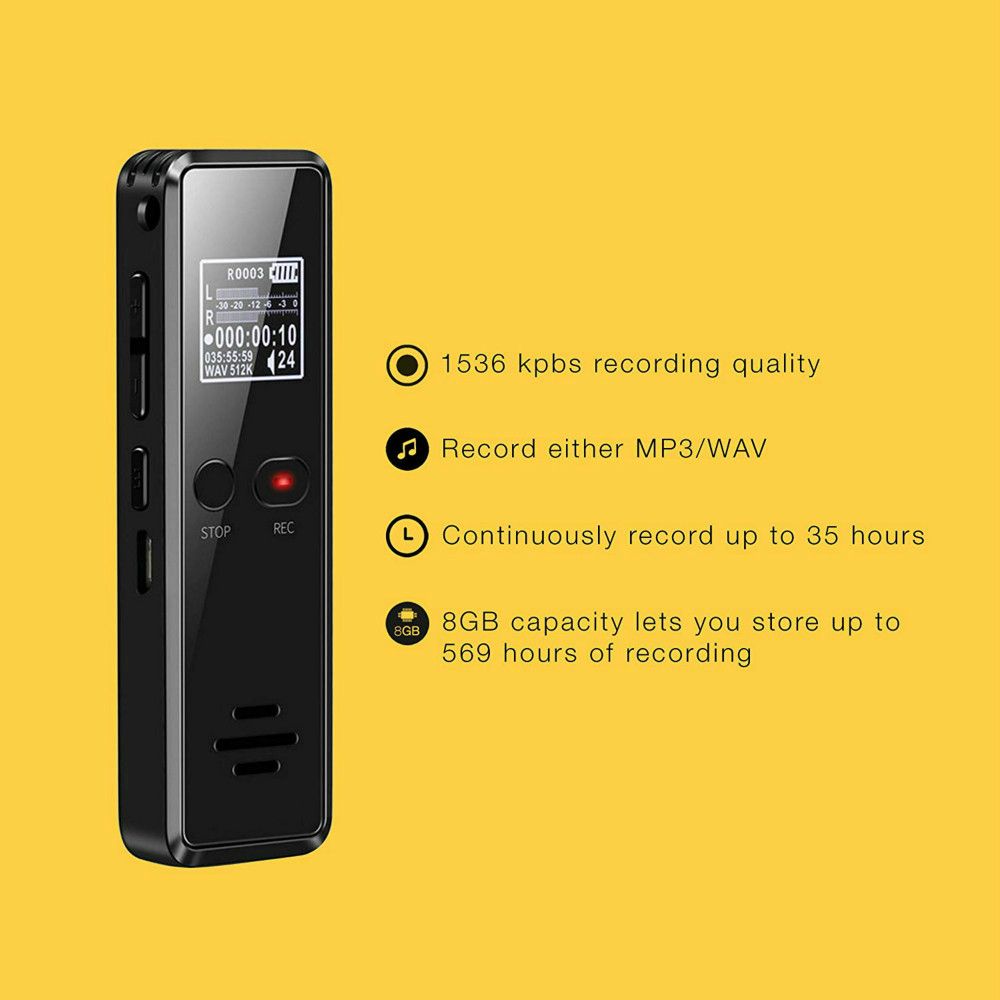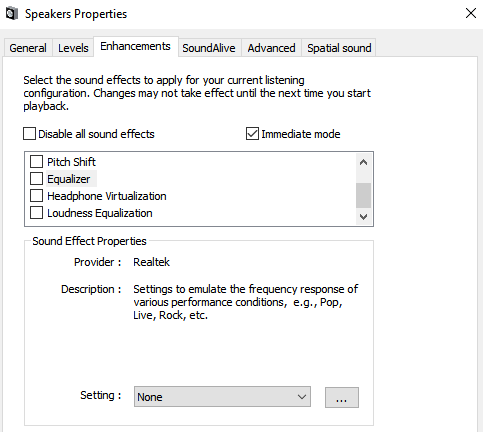- Cached
- How To Increase Bass On Windows 10 Headphones And Speakers
- Shrink Volume Or Partition In Windows 10 | Tutorials
- WHERE DO ADJUST TREBLE AND BASS VOLUME IN SETTINGS ON WINDOWS 10?
Bass traps reduce the strength of reflections that create these nulls, raising the volume at those frequencies. So adding bass traps to a room usually gives the perception of more bass, not less. Now, in some rooms the peaks are more prominent than the nulls, especially rooms that are square or 'virtually square' such as 10 by 20 feet, or nearly cube shaped like the 16 by 15 by 8 foot room mentioned earlier where the Audyssey EQ was tested.

We are a participant in the Amazon Services LLC Associates Program, an affiliate advertising program designed to provide a means for us to earn fees by linking to Amazon.com and affiliated sites.
- Windows Configuration: Open the Control Panel and click on Sound; Select the Recording tab, right-click your microphone, and select Properties; Select the Enhancements tab, disable all enhancements, and click Apply. Mac Configuration: In system preferences in your Launchpad, click on the sound icon.
- You can get an acceptable bass/treble ratio if you turn the bass level knob all the way down and use the equalizer of the software you're using to adjust, but it's still a.
One of the main components of many activities on our computer – be it watching videos, listening to music, video-chatting – is the audio. That’s why in this guide, we are going to discuss how to adjust the audio balance in Windows 10.
Windows 10, like many previous Windows versions, gives you full control of each speaker individually, which is great because you can adjust your the sound to surround you as you like and even completely turn off a specific speaker by lowering its volume to 0%. After reading this article you will be able to do all of that yourself. In case you’ll have problems even after following the basic steps we will be suggesting multiple solutions so you can fix everything up. Shall we?

First of all, how to adjust audio balance?
As I said, you won’t need any third-party apps to do this. It’s an existing option already which makes everything easy and simple. Here’s how you can do it:
- Right-click on the speaker icon in the bottom right corner and choose Sounds.
- Go to the Playback tab and check which playback device is the relevant one. Playing a simple music track could help you if you’re not sure, since you’ll notice the green bars moving while it’s playing.
- Right-click on the correct device and choose Properties.
- In the Levels tab, click Balance.
- In this window, you’ll see all the speakers you have in your audio system. Adjust the volume for each one of them using the sliders and then click Ok once you’re done… and remember:
- R stands for the Right speaker
- L stands for the Left speaker
- C stands for the Center speaker
- RL stands for the Rear Left speaker
- RR stands for the Rear Right speaker
Surrond sound!!
- Now click Ok in order to save your changes.
- Now give it a try and see if everything is alright now.
If there’s something wrong after you’ve carefully followed the previous procedure, you can try a few tricks we’re listing below, but first I want to make sure that it’s not a hardware problem. You know, many people have one weak earpiece or one weak speaker, and that’s why their audio balance is out of whack. That’s why I suggest that you try the same speakers on a different computer or even your phone to see if the balance problem persists (which means it’s a hardware issue), or if it only happens on the computer (which means that it’s not a hardware issue and that we need to fix some settings – read on).
Switch from Stereo to Mono

Stereo is cool: the audio you’re playing is divided between all the speakers so that you can feel it surrounding you. The guitar is a little shifted to the left, the piano to the right and the singer is centered, not bad at all.
The thing is, some computers can’t really handle it and therefore, a balancing audio issue occurs. That’s why I recommend switching to Mono in this case and see if the balancing becomes good.
In another scenario, I myself have multiple speakers connected to my computer and I’ve placed each one of them in a different room so I can listen to my favorite music all over the house. So I like to be able to hear the whole thing and not only one channel of the music … which makes me switch to Mono which will make all the audio channels fire from each speaker independently.
Don’t worry, you won’t be missing much. Here’s how to switch to Mono:
- Open your Settings app from the gear icon from your start menu.
- Click on Ease of Access.
- From the left pane, go for Audio and here you can see the option to Turn on mono audio. Simple, isn’t it?
Now let’s give it a try and see if there is any improvement. If not, don’t lose hope and let’s try some driver fixes.
Cached
Re-install audio drivers
The audio driver is the one responsible for the interface between your Speakers (hardware) and your Windows (software), that’s why if you have some bad drivers (and old or incompatible version), the result might be incorrect balance. Therefore, we will work on re-installing the audio driver ourselves. Here, let’s go:
- Right-click on your start button or press the Windows logo key + X and select Device Manager.
- Expand Audio Inputs and Outputs.
- Right-click on your Audio device (the same one in the playback devices list) and click Uninstall device.
- After the uninstallation, head to your computer/motherboard/laptop manufacturer’s official website and search for the latest Audio driver for your machine. Download it, install it and then perform a reboot to make sure it’s activated.
- Now give it a try as it is or try to adjust the balance manually by following the instructions from the first section.
Let’s give a chance for the troubleshooter
How To Increase Bass On Windows 10 Headphones And Speakers
Since Microsoft has a special troubleshooter for Audio playback, why not give it a try? It won’t take much effort:
![[FIXED]Sound Issues [FIXED]Sound Issues](https://www.wikihow.com/images/thumb/5/50/Adjust-Bass-on-a-Computer-Step-5-Version-3.jpg/aid1343408-v4-728px-Adjust-Bass-on-a-Computer-Step-5-Version-3.jpg)
- Open your Settings app from the gear icon from your start menu.
Shrink Volume Or Partition In Windows 10 | Tutorials
- Click on Update & Security.
- From the left pane, click the Troubleshooter and then Run the troubleshooter under Playing Audio.
- Follow the troubleshooter until you finish all the steps it will demand and give your computer a restart to see if anything got fixed.
WHERE DO ADJUST TREBLE AND BASS VOLUME IN SETTINGS ON WINDOWS 10?
Balance problems still nagging after all this? Write to us in the comments or in the forum.